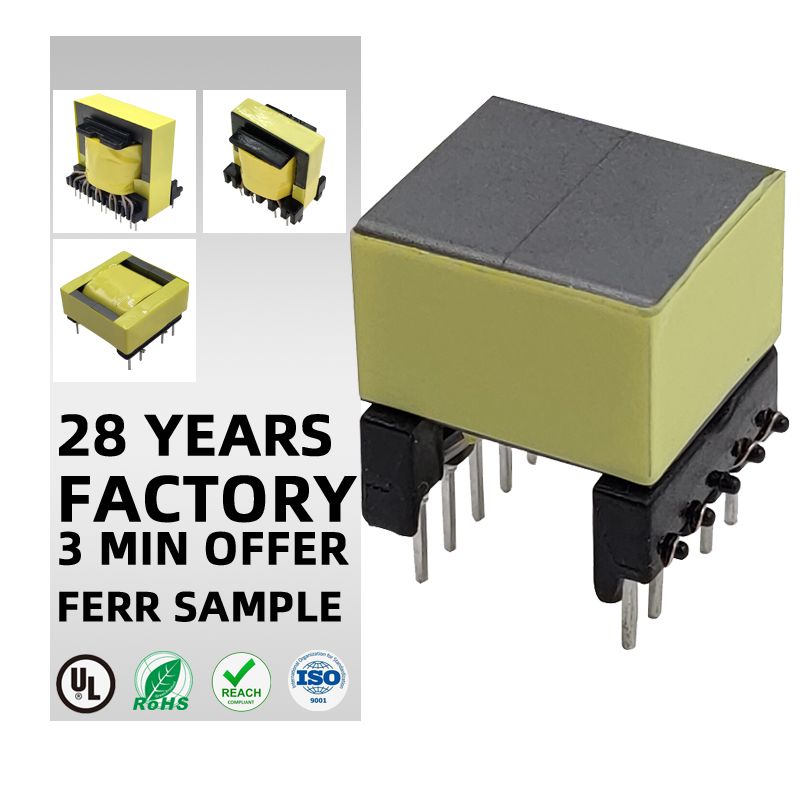What does an electrical transformer do?
2024-07-23
An electrical transformer is a device that transfers electrical energy between two or more circuits through electromagnetic induction. Its primary function is to change the voltage level of an alternating current (AC) while maintaining the power (ideally, with minimal losses). Here’s a detailed look at what an electrical transformer does:
Key Functions of an Electrical Transformer:
-
Voltage Conversion:
- Step-Up Transformer: Increases voltage from the primary coil to the secondary coil. Used in power transmission to reduce current and minimize energy loss over long distances.
- Step-Down Transformer: Decreases voltage from the primary coil to the secondary coil. Used to reduce voltage for safe usage in homes and businesses.
-
Isolation:
- Provides electrical isolation between the primary and secondary circuits, enhancing safety and protecting equipment from electrical surges and faults.
-
Impedance Matching:
- Matches the impedance of different parts of a circuit, ensuring maximum power transfer and minimizing signal reflection. This is crucial in audio, radio frequency (RF), and communication systems.
-
Signal Modulation and Demodulation:
- Used in various signal processing applications, such as in audio and radio frequency circuits, to modulate and demodulate signals.
Basic Components:
- Core: Typically made of laminated iron or ferrite to provide a low reluctance path for the magnetic flux, reducing energy losses.
- Windings: Coils of wire, usually made of copper or aluminum, wound around the core. The primary winding receives the input voltage, and the secondary winding delivers the output voltage.
How It Works:
-
Electromagnetic Induction:
- When an AC voltage is applied to the primary winding, it creates a changing magnetic field in the core.
- This changing magnetic field induces a voltage in the secondary winding through electromagnetic induction, according to Faraday’s Law of Electromagnetic Induction.
-
Faraday’s Law:
- The induced voltage in the secondary winding is proportional to the rate of change of the magnetic flux through the winding. The voltage transformation ratio is determined by the ratio of the number of turns in the primary coil to the number of turns in the secondary coil.
Types of Transformers:
- Power Transformers: Used in power generation, transmission, and distribution to step up or step down voltage levels.
- Distribution Transformers: Typically used in residential and commercial power distribution systems to reduce voltage to usable levels.
- Isolation Transformers: Provide electrical isolation between input and output, used in medical equipment, audio systems, and for safety in electrical circuits.
- Autotransformers: Have a single winding that acts as both primary and secondary, used for voltage adjustment in certain applications.
- Instrument Transformers: Used to measure voltage and current levels in high-power systems, such as current transformers (CTs) and potential transformers (PTs).
Applications:
- Power Transmission and Distribution: To efficiently transport electricity over long distances with minimal loss.
- Electrical Appliances: To provide the correct voltage for home appliances and electronic devices.
- Telecommunications: Used in signal processing and transmission equipment.
- Medical Equipment: For providing isolation and correct voltage levels in medical devices.
Transformers are fundamental components in the electrical power system, enabling efficient power distribution, ensuring safety, and facilitating the operation of various electrical and electronic devices.
E-MAIL: pxsales3@goldeneagle-cn.com
Phone: +86-18979985376
NAME: JUDY










